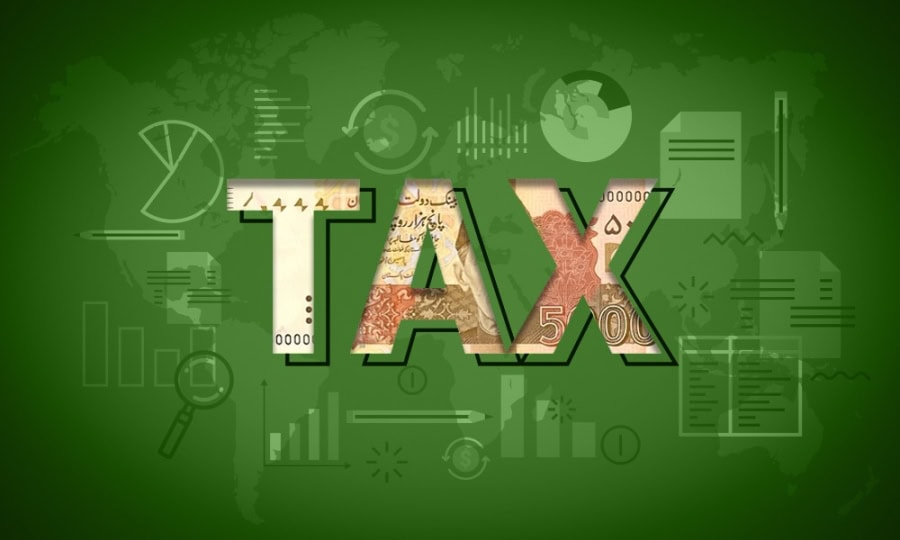Taxation plays a crucial role in a country’s economic development, and Pakistan is no exception. In 2023, the Federal Board of Revenue (FBR) has introduced significant changes to tax rates, aiming to enhance tax collection and promote tax compliance. One of the key distinctions lies in how non-filers and filers are treated in terms of tax obligations. In this article, we will delve into the disparities between non-filers and filers in Pakistan’s tax system for the year 2023, shedding light on how these changes may impact taxpayers.
1. Tax Rates on Cash Withdrawals
Starting from 2023, the FBR has implemented new tax rates on cash withdrawals to encourage transparency and tax compliance. For non-filers, cash withdrawals above Rs50,000 are subject to higher tax deductions compared to filers. Filers are now exempt from tax deductions for cash withdrawals under Rs50,000 per day, while non-filers face significant deductions depending on the amount withdrawn. This measure aims to incentivize non-filers to become active taxpayers and contribute to the country’s revenue.
2. Tax Rates on Motor Vehicle Purchases
The FBR has introduced differentiated tax rates for motor vehicle purchases, depending on the engine capacity and the taxpayer’s status. Filers and non-filers face distinct tax rates for vehicles with an engine capacity of 2001cc and above. Non-filers are subject to substantially higher tax rates, urging them to register as filers and participate in the tax system.
3. Withholding Tax on Real Estate Transactions
Real estate transactions have also seen significant changes in tax rates for 2023. Both non-filers and filers are impacted by increased withholding tax rates on property transfers. This measure aims to reduce tax evasion and enhance tax collection from the real estate sector, which plays a crucial role in Pakistan’s economy.
4. Withholding Tax on Foreign Currency Transactions
The FBR has raised the withholding tax rates on payments made to non-residents using debit/credit cards. Active taxpayers now face a lower withholding tax rate compared to non-filers, which is intended to discourage excessive foreign currency outflows and encourage taxpayers to participate more actively in the formal economy.
5. Advance Tax for Foreign Domestic Employees
In an effort to boost tax revenue and ensure compliance, the Finance Act 2023 mandates a Rs200,000 advance tax for Pakistani bodies granting or renewing domestic helper visas for foreign employees. This advance tax can be adjusted against the assessed tax due, encouraging employers to meet their tax obligations promptly.
The tax landscape in Pakistan has witnessed notable changes in 2023, with the FBR introducing varied tax rates for non-filers and filers. From cash withdrawals to motor vehicle purchases, real estate transactions, and foreign currency outflows, the tax system seeks to incentivize non-filers to become active taxpayers and contribute to the nation’s growth. By understanding the differences between non-filers and filers in Pakistan’s tax regime, individuals and businesses can make informed decisions to comply with tax regulations and support the country’s economic development.










